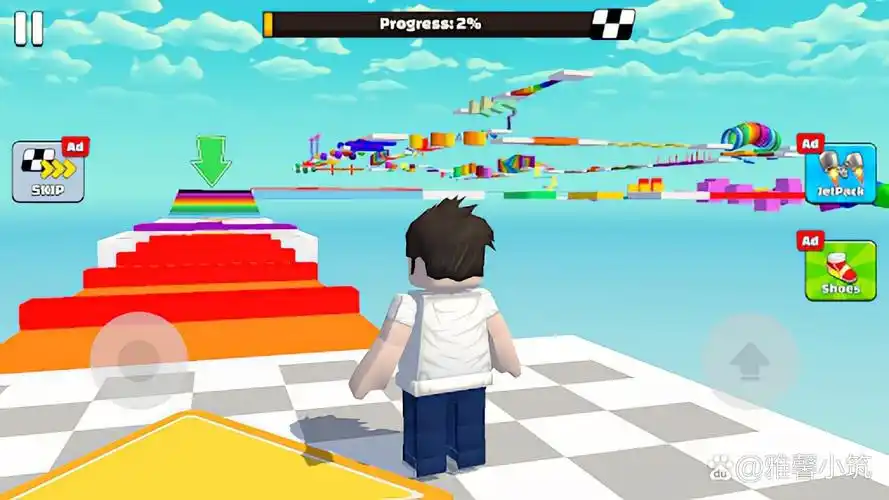Mastering LibGDX Game Development: Common Questions and Essential Insights
Content:
LibGDX is a powerful opensource framework widely used for developing crossplatform games using Java. Whether you’re a beginner or an experienced developer, you might have questions about how to leverage LibGDX effectively. Below, we explore common queries and provide valuable insights to help you master LibGDX game development.
What Is LibGDX and Why Use It?
LibGDX (Lightweight Game Development) allows developers to create games for multiple platforms (PC, mobile, web) from a single codebase. Its crossplatform compatibility, flexibility, and robust features make it a popular choice. But what makes LibGDX stand out?
CrossPlatform Support: LibGDX enables games to run on Android, iOS, HTML5, and desktop (Windows, macOS, Linux).
Performance: It uses OpenGL ES for rendering, ensuring smooth performance even on mobile devices.
Asset Management: LibGDX simplifies handling textures, audio, and other resources with its builtin AssetManager.
Question: Is LibGDX suitable for beginners?
Answer: Yes! While it has a steeper learning curve than some frameworks, LibGDX’s documentation and community support make it accessible. Start with simple projects to build your skills.
How Do I Get Started with LibGDX?
Setting up LibGDX involves several steps, including environment configuration and project creation. Here’s a quick guide:
1. Install Development Tools: Download the LibGDX setup tool or use an IDE like IntelliJ IDEA or Eclipse.
2. Create a New Project: Use the LibGDX setup to generate a template with core modules (rendering, input, file I/O).
3. Write Your First Game Loop: Understand the `ApplicationListener` interface and override methods like `create()`, `render()`, and `dispose()`.
Question: What are the core components of a LibGDX project?

Answer: A typical LibGDX project includes:
Core: Handles rendering, input, and file access.
Desktop: Platformspecific code for Windows/macOS/Linux.
Android/iOS: Native platform extensions.
Html: For web deployment.
Common Challenges in LibGDX Development
Developers often face hurdles when working with LibGDX. Here are some frequent issues and solutions:
ned mode, which can lead to memory leaks if assets aren’t properly disposed of.
Solution: Use `AssetManager` wisely and call `dispose()` on assets when done.
Performance Optimization: Mobile devices may struggle with complex scenes.
Solution: Profile with LibGDX’s builtin tools and optimize rendering calls.
Input Handling: Different platforms use different input methods (touch vs. mouse).
Solution: Use LibGDX’s input multiplexer to handle multiple input sources.
Question: How can I share my LibGDX game with others?
Answer: LibGDX supports multiple deployment options:
Desktop: Compile to executables for Windows/macOS/Linux.
Mobile: Publish to Google Play and Apple App Store.
Web: Export as HTML5 for browserbased play.
Sharing Insights from Experienced Developers
Community contributions are invaluable in LibGDX. Here’s a tip from a seasoned developer:
> *Always keep performance in mind. Use SpriteBatch for rendering and avoid unnecessary texture atlases. For mobile, prioritize touch input and test on real devices.*
LibGDX’s flexibility allows developers to innovate, whether building 2D sidescrollers or 3D action games. By understanding its core concepts and common pitfalls, you can create polished, crossplatform experiences.
Final Thought: LibGDX is more than just a framework—it’s a gateway to creating games that reach a wide audience. With patience and practice, you’ll master its capabilities and bring your game ideas to life.
ls on specific LibGDX features or advanced techniques? Let us know!

